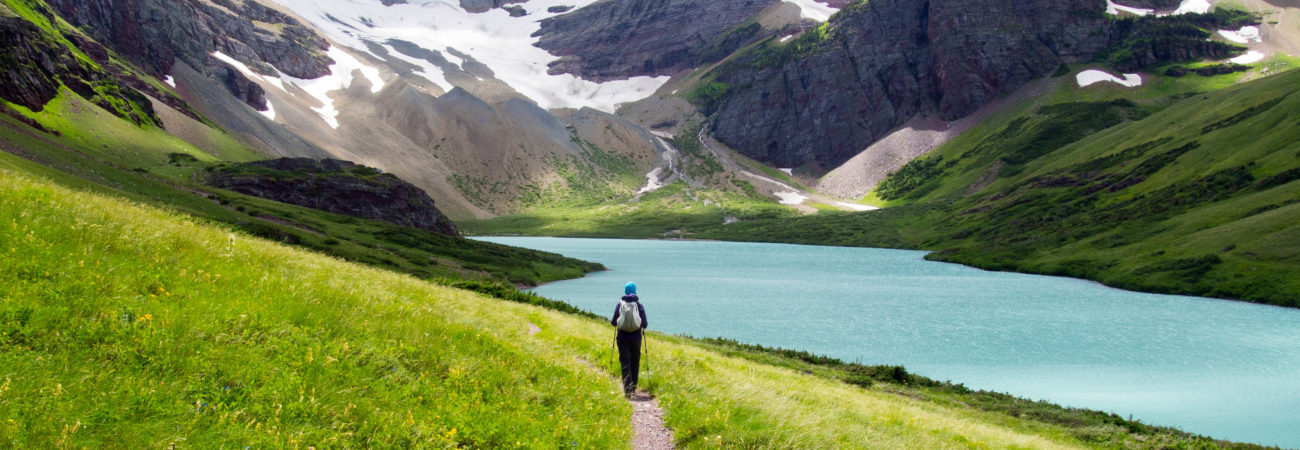
If I were so inclined, I think I could create a collection of nature-inspired children’s books that no one in my house would read but me. The trouble with some such books is that they lack any plotline that might keeps kids interested over a period of time. They might have lovely language, delightful images, or interesting information, but I think even those that have all three qualities can grow repetitive in their basic enumeration-of-things-that-move-about-the-woods narrative.
In more than a few cases, the art is the main draw (ha ha), the prose lacking. I have, for example, a book beautifully illustrated with cut paper, but the language is ho-hum. Still, for some reason, as long as perhaps two of the qualities mentioned earlier are reasonably well met, I can’t get enough of outdoorsy picture books. Today’s feature is a fun read for little ones as we enter the fall season.
Leaves, by David Ezra Stein, is perfect for the toddler-to-preschool set learning to notice how trees change season by season. While this book is not at the top of my list for language, imagery, or information, I appreciate its sentiment and whimsical pictures.
It was his first year, the book begins, a picture of a bear gazing at a butterfly above the text.
Imagine that! A first year. The newness of, well, everything. The warmth of the sun on your skin. Creatures flitting about in the air, scampering across the grass. And then — something even newer.
The first leaf falls.
Bear grows concerned over the welfare of the leaf, wondering why it fell and why others, of varied colors, follow it to the ground.
In what I consider the most endearing spread of the book, we see Bear attempt to return the leaves to the trees.

And he is right, of course. One experience with autumn and you realize that nothing is the same, ever, from day to day, year to year. A world and a lifetime in flux.
But even in a state of awe, it is easy to grow weary, and so Bear prepares to hibernate for the winter. Suddenly the fallen leaves have a purpose, as Bear uses them to seal the entrance to the hole in which he will hibernate.
Winter passes, although Bear is oblivious to it, and he wakes to warm sunshine and the beginning of a new cycle as buds appear on the trees. There is joy here, as Bear and his island wake to surroundings that somehow are still new, or new again, even if it is no longer the first year. And now, instead of everything being new to Bear, and Bear being new to his world, he and the leaves welcome each other as spring begins.
A book about autumn, and not about autumn, about change and the permanence within change, Leaves is simple and direct as it explores young curiosity about the seasons.
